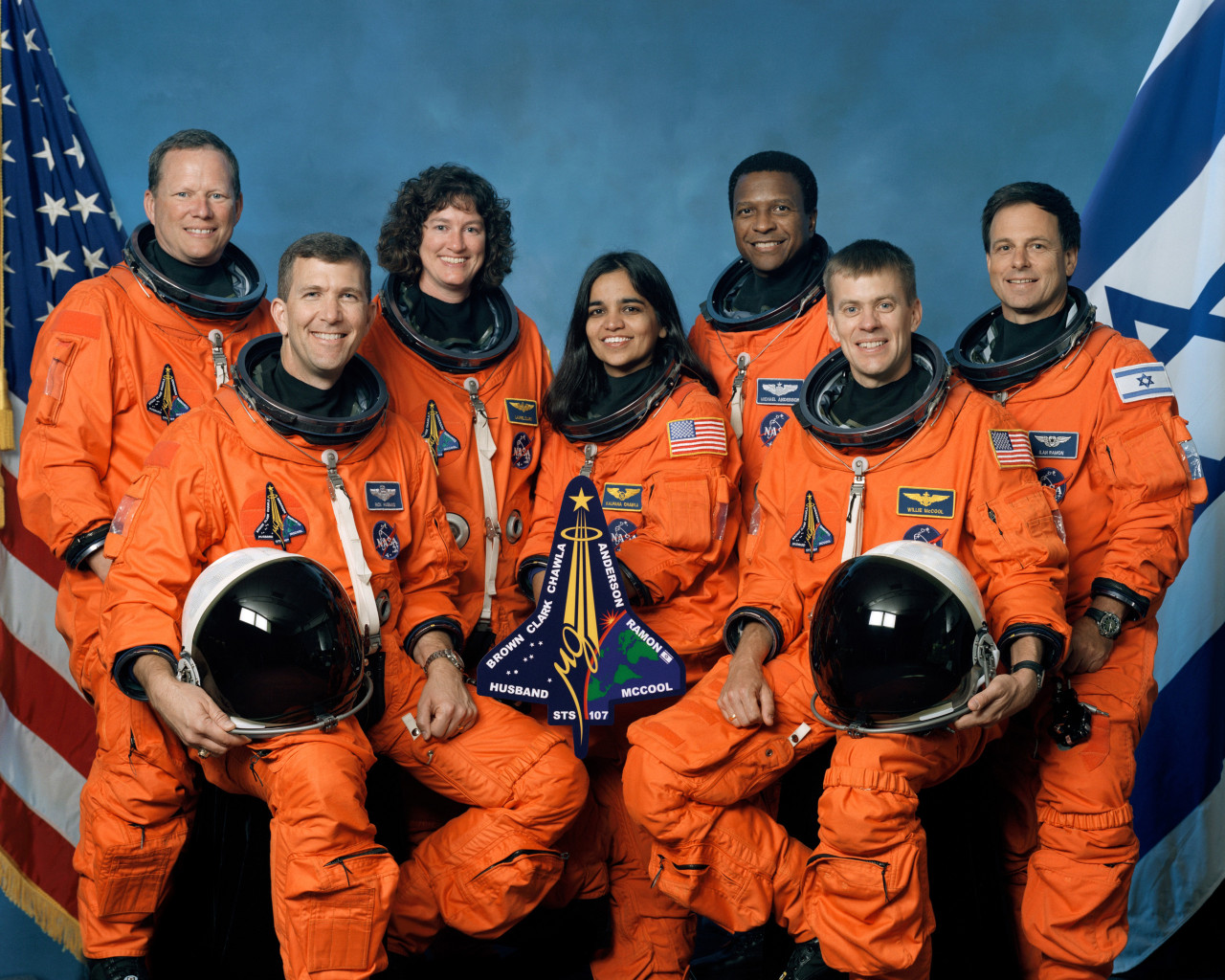Breaking News: The Columbia Disaster Was Far More Catastrophic Than Previously Understood
 In a shocking revelation, new insights into the Space Shuttle Columbia disaster have emerged, painting a grim picture of negligence and systemic failures that led to the tragic loss of seven astronauts on February 1, 2003. Eyewitnesses reported hearing unusual explosions as debris rained down over Texas, marking the end of a mission that had promised scientific breakthroughs but instead ended in tragedy.
In a shocking revelation, new insights into the Space Shuttle Columbia disaster have emerged, painting a grim picture of negligence and systemic failures that led to the tragic loss of seven astronauts on February 1, 2003. Eyewitnesses reported hearing unusual explosions as debris rained down over Texas, marking the end of a mission that had promised scientific breakthroughs but instead ended in tragedy.
NASA officials had been aware of critical damage to the shuttle’s wing 16 days prior to re-entry but failed to alert the crew or take necessary precautions. Engineers had pleaded for satellite images to assess the damage but were ignored. Instead, discussions ensued among officials about whether the astronauts should be informed of the impending catastrophe, revealing a chilling disregard for their safety.

The Columbia, which had completed 28 missions, was built under budget constraints that forced NASA to compromise on safety. The shuttle’s design was a patchwork of outdated technology, making it more susceptible to catastrophic failure. The foam insulation that struck the left wing during launch had been deemed a routine risk, despite being implicated in past incidents. NASA’s culture of complacency led them to dismiss these foam strikes as normal, contributing to the disaster.
As Columbia re-entered the atmosphere at over 17,000 mph, superheated gas breached the damaged wing, leading to the shuttle’s disintegration just minutes before it was scheduled to land. The crew, unaware of the impending doom, continued their work until the final moments, when their cabin lost pressure, resulting in a tragic and violent end.
The aftermath of the disaster has sparked a nationwide reckoning over NASA’s safety protocols and corporate culture. Investigations revealed that the agency had ignored numerous warnings about the risks associated with foam shedding, with the final report highlighting a need for a complete overhaul of their safety culture.
In a haunting reminder of the tragedy, the names of the seven crew members—Rick Husband, William McCool, Michael Anderson, Kalpana Chawla, David Brown, Laurel Clark, and Ilan Ramon—are now memorialized in asteroids and on Mars. Their legacy serves as a stark reminder of the importance of safety in space exploration.
As we reflect on this disaster, the questions remain: How could such negligence occur? What measures are in place to ensure it never happens again? This tragic event has not only changed the course of space travel but also serves as a sobering reminder of the human cost of oversight and complacency.